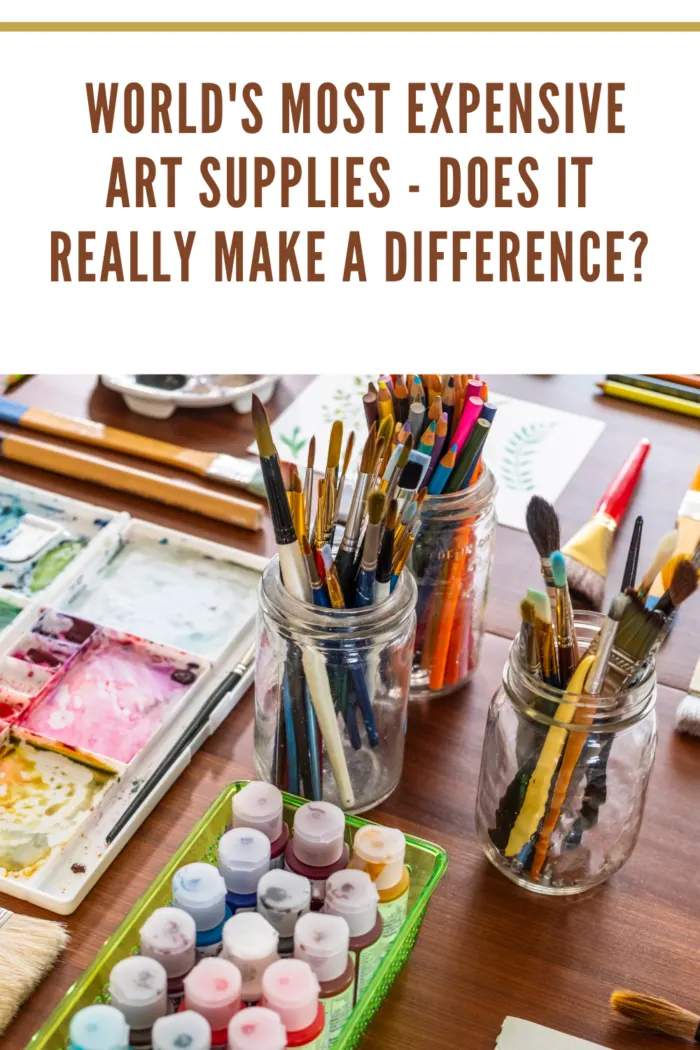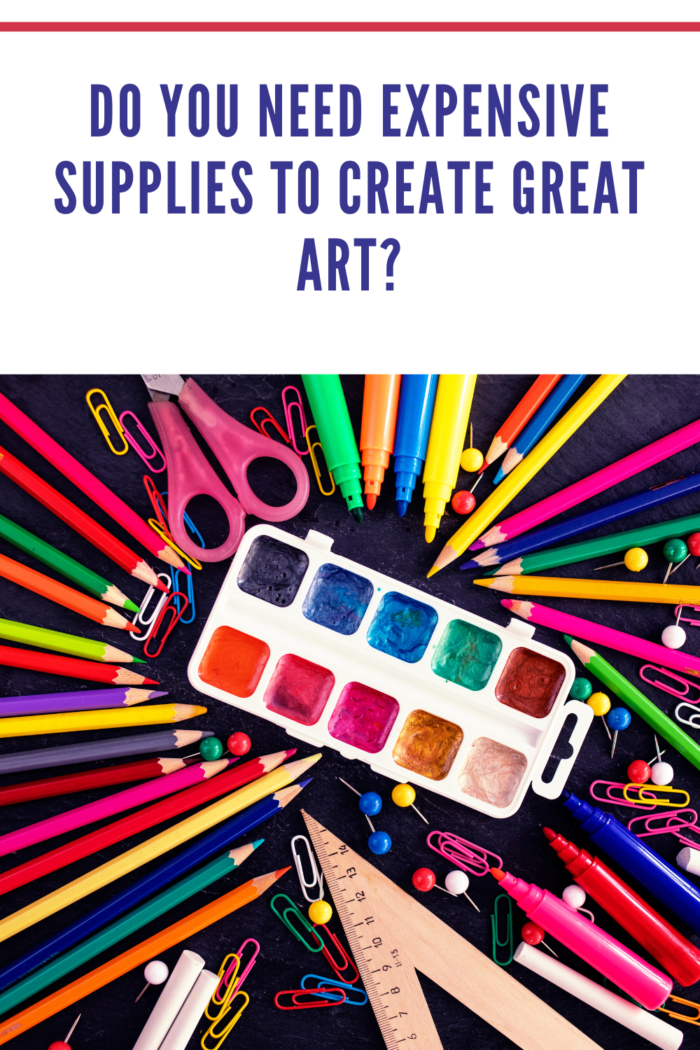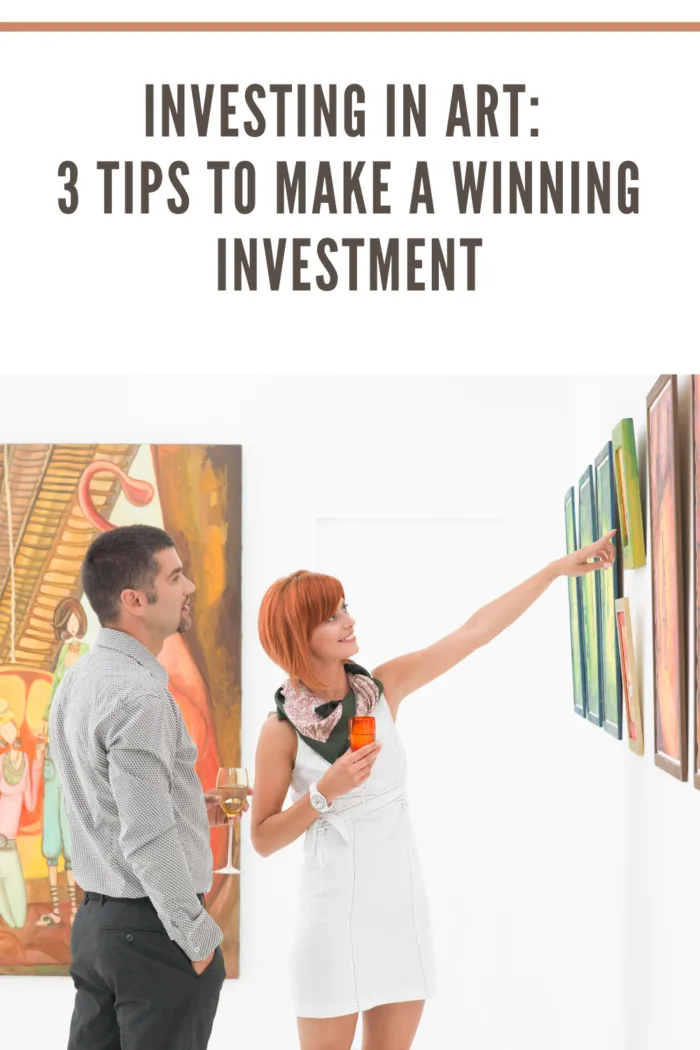When it comes to art supplies, quality matters. Whether you’re a novice or a professional artist looking for the best quality materials on the market, knowing the difference between expensive and inexpensive products is key.
But sometimes, spending more to obtain premium supplies won’t make so much of a difference in your end product! In this blog post, we’ll look at the impact of using world-class supplies on your art and explore a few tips to create a masterpiece on a budget.
The World’s Most Expensive Art Supplies: An Overview
The world of art supplies has always been an exclusive one. Although novice artists can access supplies on a budget, when it comes down to taking your art to the next level, you may be interested in accessing higher-quality canvases, cameras, paint brushes, and more.
And, you certainly won’t be short of options! Over the past years, the Graf von Faber-Castell Perfect Pencil made out of the wood of a 240-year-old olive was sold for a whopping $12,800, a limited edition fountain pen designed by Caran d’Ache was sold for $1.5 million, and Golden Creme de la Creme watercolor paint was priced as $1000 per tube. And let’s not forget about designer art kits, such as the Karl Lagerfeld pencils, which are on sale for $3000.
But while these art supplies are certainly exclusive, they may not be essential for all artists. Let’s learn more below.

How Much Do Artists Spend on Art Supplies?
The cost of art supplies can vary significantly depending on the brand, type, and quality. Furthermore, the type of art you are looking to produce may have a different inheritance cost.
For example, if your goal is to create watercolor paintings, you may get away with spending a few dollars a week. On the other hand, if you are a sculptor or photographer, the cost of needed supplies will be much higher. According to estimations, art majors spend between $70 and $200 on art supplies each semester. The expenses associated with obtaining the right supplies have been a concern for art students for over a decade
Do You Need Expensive Supplies To Create Great Art?
If you want to become a professional artist, the facts and figures above might have put you off your goals. Fortunately, you don’t need to spend so much to create something beautiful.
Some of the greatest works of art were created with humble supplies or even found objects! Ultimately, what matters most is your creative vision and ability to use the materials, textures, and objects around you. A great vision for your masterpiece can help it gain value over time, making it a winning investment for collectors – which takes us to the next point.

Investing in Art: 3 Tips To Make a Winning Investment
When investing in art, it’s important to consider the artist, their career trajectory, and the potential of an artwork. It’s also wise to pay attention to market trends and target works that have long-term value or appreciation potential. These factors are far more important than the quality of supplies used!
If you are just getting started with art investing and collecting, the tips below can guide you through the process. Let’s get started.
Find the Right Marketplace
The first step to making a winning investment in art is to find a marketplace you can trust to shop for original artwork at fair prices. The right marketplace can be a local artist’s studio, but it may also be local events, fairs, forums, or online stores and second-hand markets
If you are struggling to find the right marketplace, consider consulting artists in the area of art collectors.
Support Emerging and Local Artists
Supporting emerging and local artists is one of the best ways to foster a vibrant creative scene and reel in the highest returns on your invested capital. Look for galleries, exhibitions, and artist markets that showcase up-and-coming creatives.
The work of emerging artists is often representative of current social, political, and environmental views, and is more likely to appreciate in value over time. Make sure to learn more about what makes the local art scene unique before investing.
Learn More About Today’s Trends
When it comes to investing in art, staying up-to-date on the latest trends is important. Explore the work of different artists and take time to look into what is gaining traction at the moment.
While you may also look at what supplies artists use, don’t forget that the best creative minds may transform low-value materials such as plastic bottles into incredibly valuable and visually-stunning artworks!

Creating a Masterpiece On a Budget: Start Here
Creating a masterpiece on a budget can seem like a daunting task, but you don’t need to invest thousands of dollars in premium supplies to create a valuable art piece!
Start by familiarizing yourself with less expensive alternatives such as affordable paint brands or traditional canvas. Research local deals from art supply retailers and work with wholesale suppliers.
Finally, don’t forget that experimenting with different materials is free! So, turn readily available materials into art, such as leaves, tree branches, and even discarded plastic, paper, tins, or metal!
